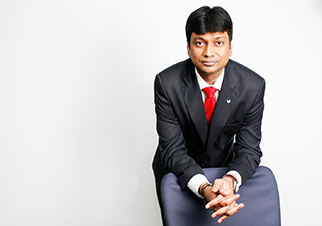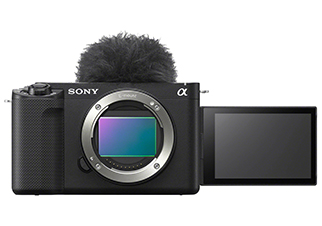How has the response been for the new products launched?


Additionally, we have also launched a series of lens including the RF 85 mm F2 Macro IS STM, RF 600 mm F11 IS STM, RF 800 mm F11 IS STM, RF 100-500 mm F4.5-7.1L IS USM, Extender RF1.4X and RF2X along with other accessories to provide its consumers with a complete ecosystem.
What is going to be the strategy to make these products available to the consumer under the current scenario?
We will be actively looking at CIS network as the main engine, along with multi-brand outlets across the country for distributing the new cameras. With a 360-degree marketing approach, we will also be aggressively focussing on digital campaigns and social media platforms to reach out to our customers. The lockdown has made social media more relevant than ever before and makes it an ideal platform to connect with our consumers spread across India.
Sales for EOS R5 have already started and we are offering a 2+1 year warranty along with a complimentary 3-way Canon bag as well as a Mount Adapter EF-EOS R and the EOS R5. Whereas, EOS R6 will be available from end of August at Canon Image Squares and all authorised retailers. Going forward CIS will be the preferred choice for professionals and solution sales.
How has the current ongoing pandemic affected the business so far?
It is true that the pandemic has impacted many industries and businesses at present. To turn around the tide in our favour, it is imperative to be agile, more than ever and emerge as winners in the long term. While the market is picking up gradually, we are also constantly studying customer sentiments and their purchase pattern to better strategise our mid-term and long term targets. We are optimistic that going forward when the situation eases, we will see a good momentum in the industry.
The need of the hour is to be innovative in our approach and gauge the new business potential that has emerged in the photography segment. There has been an increase in demand from content creators, vloggers, and the category is expected to grow substantially in the coming year. We will continue to focus on these new emerging segments by introducing new products specifically designed for content creators.
Also, both EOS R5 and R6 have been much anticipated and with their revolutionary features, we are confident that we will see a great response from the audience which will make 2020 a great year for our camera business.
Do you think it might be difficult to sell products in this category without having the customer touch and feel it?
Similar to how all businesses and brands are restructuring their strategies to reach out to consumers during current times, one must not undermine the abilities of consumers to re-adapt as well. While e-commerce and online shopping have gained momentum among consumers, offline channels also play an important role to reach out to customers.
For the entry and mid-level camera, consumers may rely on either online or offline depending on their purchase requirements, but professional grade cameras like EOS R5 is meant for professionals who would prefer to experience the camera, look, touch and feel the same before the final purchase decision.
Do you anticipate a delay in the availability of stocks of the products or any disruptions in the supply chain in the months to come?
We have been able to cater to customer demands so far with no major hiccups. However, we will be cautious for the next few months and observing the new developments that may emerge.
With the launch of the new lenses what are the plans to expand the portfolio further?
Our objective is to have full line-up in RF lens category. We have already launched some amazing lenses along with R5 and R6 like RF600 mm F11 IS STM, RF800 mm F11 IS STM, RF100-500mm F4.5-7.1 L IS USM, RF85 F2 MACRO IS STM. We will continue to expand the RF system.












.jpg)
.jpg)
.jpg)
.jpg)




